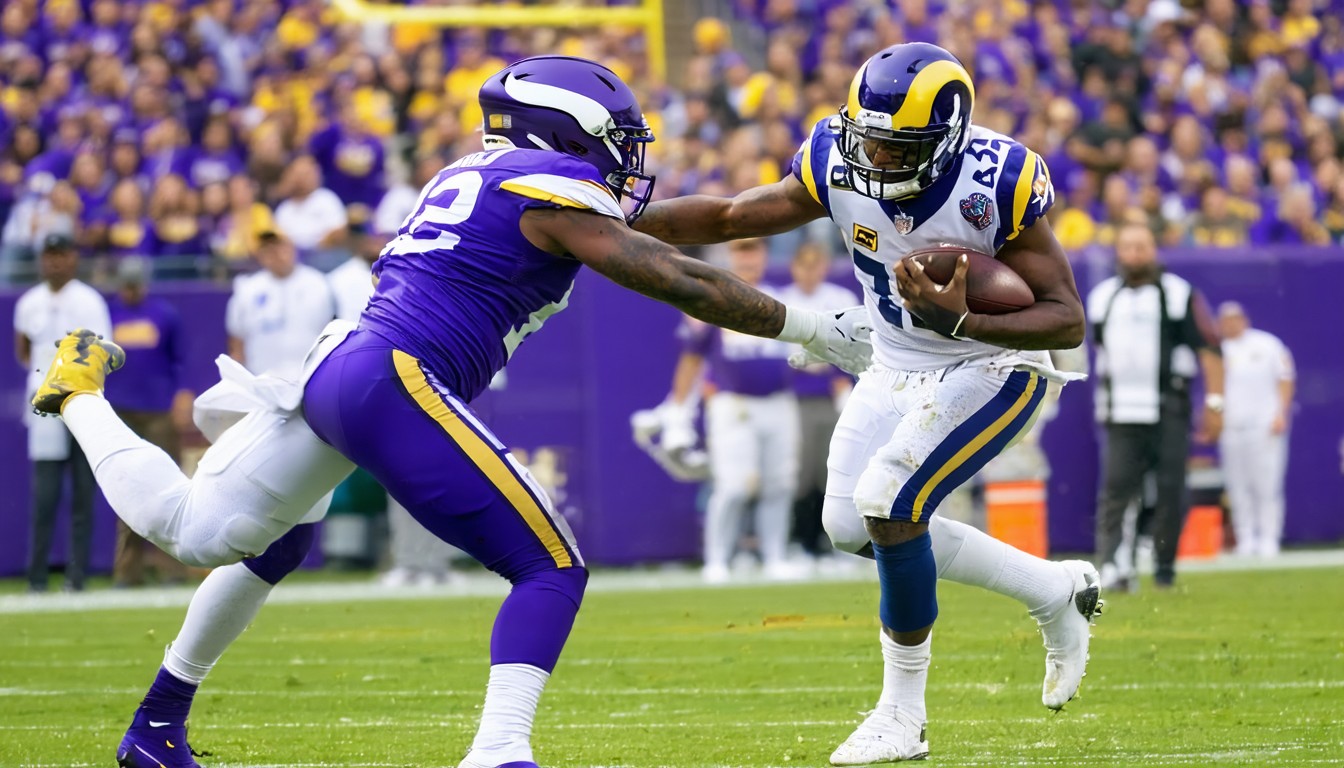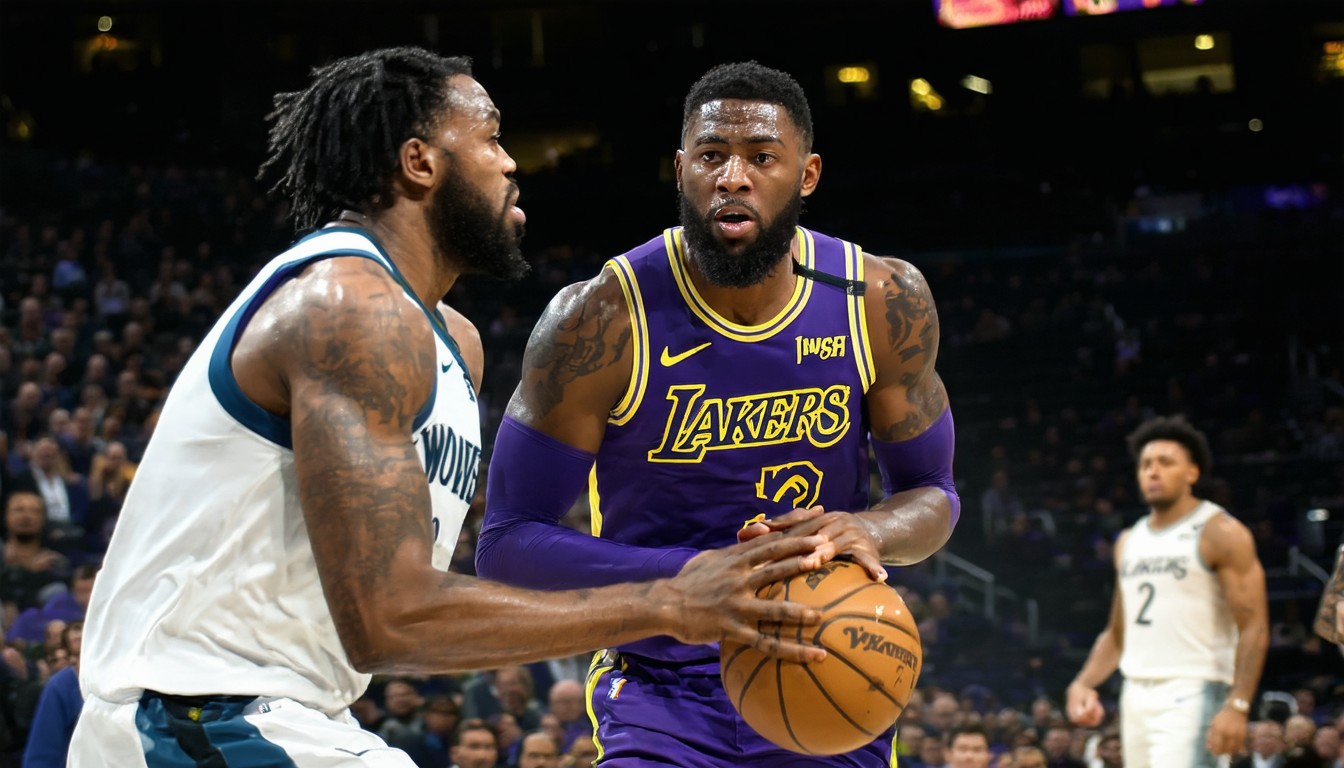The matchup between the Minnesota Vikings and the Los Angeles Rams has historically showcased two franchises known for explosive offenses, opportunistic defenses, and star-studded lineups. Whether played under the bright lights of Los Angeles or the roaring dome in Minnesota, these showdowns consistently draw intense scrutiny from fans and analysts alike. Digging deep into the match player stats reveals valuable narratives, strategy pivots, and individual performances that shape the course of each game.
Game Context: Key Themes and Stakes
Meetings between the Vikings and Rams often come with playoff implications or critical momentum shifts in the regular season. In recent years, both clubs have chased Super Bowl relevance, leveraging dynamic rosters and forward-thinking coaching.
For example, the Rams’ 2021 Super Bowl run highlighted their prowess at both quarterback and wide receiver, while the Vikings’ playoff pushes have revolved around consistency from their offensive core and opportunistic takeaways. When these teams face off, the player statistics not only reveal the story of a single game but also provide insight into league-wide trends such as the increasing reliance on passing offenses, creative defensive schemes, and in-game adjustments.

“Player stats in marquee NFL matchups are more than numbers—they’re a living testament to strategy, momentum, and adaptability,” says former NFL analyst Chris Simms.
Passing Performances: Quarterback Duel
Offensive Dynamics
The quarterback battle is often the centerpiece of Vikings vs Rams games. Kirk Cousins (Vikings) and Matthew Stafford (Rams), as of recent seasons, are notable for their deep-ball abilities and command at the line of scrimmage.
Cousins, renowned for his precision on intermediate throws, often splits defenses using play action, while Stafford, acclaimed for arm strength and improvisation, is adept at stretching the field vertically. In one tightly contested game, Cousins passed for over 300 yards, connecting multiple times with Pro Bowl receiver Justin Jefferson, while Stafford responded with a similar total, spreading passes across Cooper Kupp and Van Jefferson.
Telling Numbers
- Completion Percentage: Both quarterbacks typically complete passes at a rate above league average, often finishing around 65–70%.
- Interceptions vs Touchdowns: The duel hinges on efficiency; a single tipped pass or red zone mistake can swing momentum.
- Third Down Conversion: Success or failure on critical downs is frequently the separating metric—statistically, the Rams have excelled here due to innovative play designs under coach Sean McVay.
Run Game Impact: Carrying the Load
Vikings’ Ground Attack
Dalvin Cook, when healthy, remains the focal point for Minnesota’s rushing offense. His blend of vision and acceleration enables consistent chunk gains, setting up manageable third downs. In recent contests, Cook averaged around 4.5 yards per carry, breaking several runs of 10+ yards against the Rams’ frontline.
Rams’ Versatility
The Rams often distribute carries more liberally—Cam Akers, Kyren Williams, and even receivers on jet sweeps. Their approach, mixing zone runs and RPO (run-pass option) plays, keeps defenses honest.
- Key Stat: In their latest faceoff, both teams exceeded 100 rushing yards, underlining the importance of establishing balance on offense.
Receiving Standouts: Playmakers Under Pressure
Vikings’ Passing Game
Minnesota’s aerial attack leans heavily on Justin Jefferson—a receiver consistently near the top of the league in receptions and yards after catch. In critical drives, Jefferson and tight end T.J. Hockenson convert contested catches, sustaining momentum.
- Example: Against the Rams, Jefferson has logged games with over 100 receiving yards, including clutch third-down receptions and touchdowns.
Rams’ Receiving Corps
Cooper Kupp, the engine of LA’s offense, is a master of separation and route-running. He and Tyler Higbee frequently exploit coverage mismatches, moving the chains with savvy play in the slot and across the middle.
- Red Zone Efficiency: Both teams rely on their playmakers for critical touchdowns. Rams’ receivers often lead the league in yards after catch, while Vikings’ stars shine in high-pressure moments.
Defensive Showdowns: Key Contributors
Vikings Defensive Highlights
Minnesota’s defense often thrives on pressure, utilizing creative blitz packages and coverage disguises. Danielle Hunter, a dominant edge rusher, routinely generates sacks and tackles for loss, disrupting offensive flow.
- Turnover Margin: In close games, a forced fumble or timely interception—often produced by safeties Harrison Smith or Camryn Bynum—is decisive.
Rams Defensive Identity
The Rams counter with a defensive front anchored by Aaron Donald, a perennial Defensive Player of the Year candidate. Donald’s ability to collapse pockets and disrupt run plays forces quarterbacks and coordinators to improvise.
- Pass Defense: Jalen Ramsey, at cornerback, frequently shadows opponents’ top receivers, reducing big-play threats and generating momentum shifts through pass breakups.
Special Teams and Intangibles
Apart from offense and defense, special teams’ moments often mark turning points—missed field goals, electric punt returns, or blocked kicks shift the psychological and statistical momentum.
- Field Position: Consistently, punters and coverage units on both sides influence starting field position, a hidden stat that correlates closely with scoring opportunities.
- Game-Changing Plays: Return specialists and aggressive play-calling on fourth down add unpredictability, putting additional pressure on every roster unit.
Trend Analysis: Recent Clashes and What the Stats Show
Reviewing box scores from the last few meetings, several patterns emerge:
– Both teams typically generate over 350 yards of total offense.
– Quarterbacks combine for 500+ passing yards in high-scoring affairs.
– Defensive touchdowns or special teams scores frequently impact final outcomes.
An analysis of player stats from recent duels underlines how:
– Third-down stops and turnover differentials distinguish winners.
– Star performers often rise in national spotlight games, with Jefferson and Kupp among league leaders in prime-time production.
– Adjustments after halftime, visible in shifts in rushing efficiency or completion rates, often decide who controls the game’s last quarter.
Conclusion: Beyond the Box Score
The Minnesota Vikings vs Los Angeles Rams rivalry is more than a headline—it’s a showcase of the NFL’s top talent and tactical sophistication. Digging into match player stats reveals not just who excelled, but how each team’s strategies and in-game adjustments fueled their fight for victory. As these teams evolve, tracking these statistics is vital for understanding trends, player development, and the shifting landscape of professional football.
FAQs
What are the key player stats to watch in a Vikings vs Rams game?
Track quarterback passing yards and efficiency, rushing yards per carry, receiver targets and yards, defensive sacks, interceptions, and third-down conversion rates for a full picture of individual impacts.
Which players usually have the biggest statistical impact in these matchups?
Justin Jefferson for the Vikings and Cooper Kupp for the Rams typically post strong numbers, but standout performances may also come from running backs Dalvin Cook and Cam Akers, or defenders like Aaron Donald.
How do turnover stats influence the result?
Games between these teams are often close, so turnovers—interceptions or fumbles recovered—can be the deciding factor, swinging momentum and providing crucial scoring opportunities.
Have special teams made a difference in recent meetings?
Yes, field position shifts from punts, coverage units, or return specialists often impact scoring drives, while missed field goals or blocked kicks can alter the outcome.
Why do analysts focus so much on third-down conversions in these games?
Sustaining drives or forcing punts on third down dictates both time of possession and scoring opportunities, making third-down success rates a critical indicator in tightly contested games.






